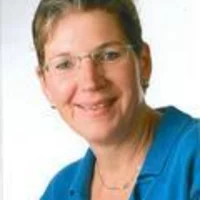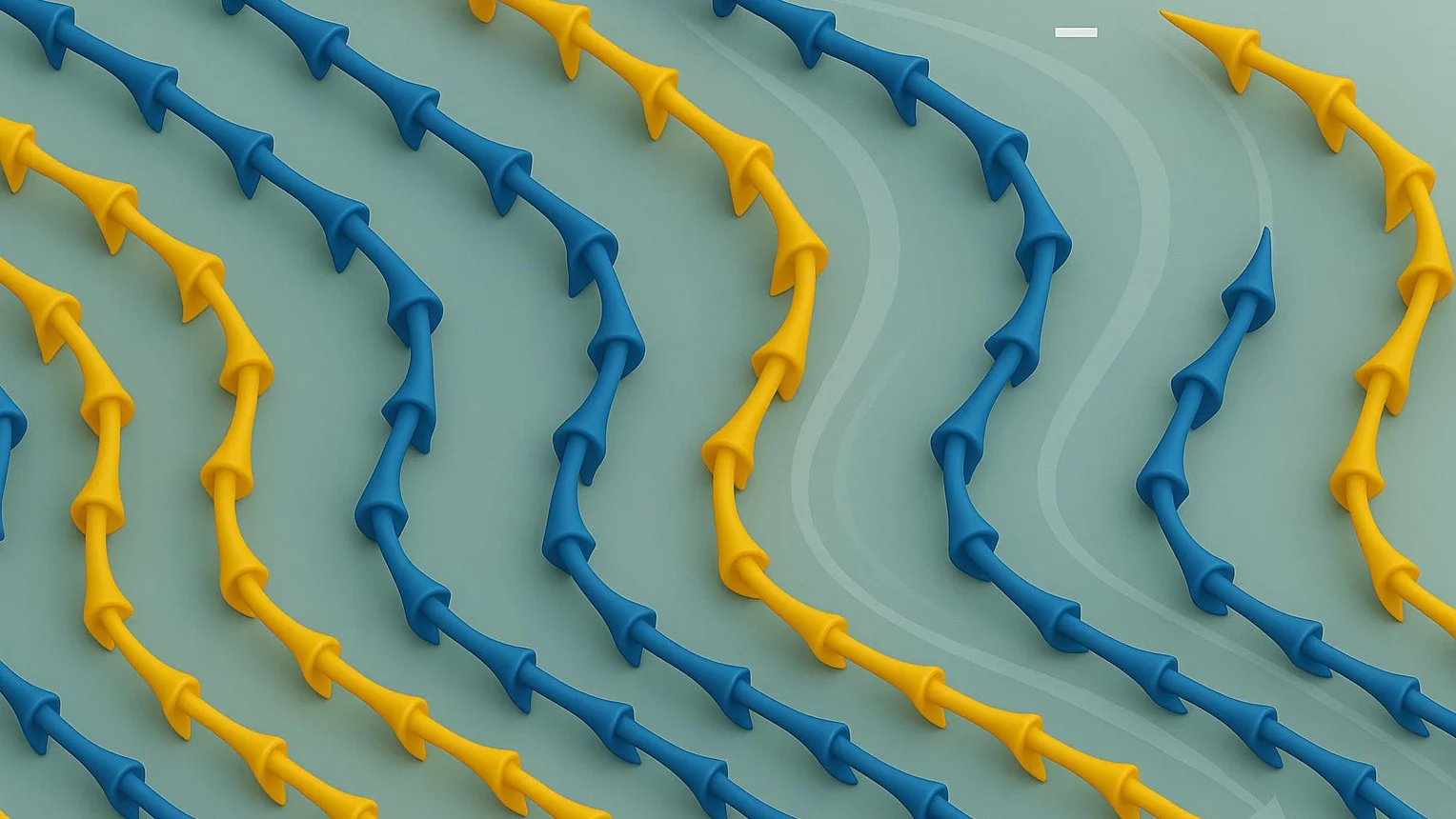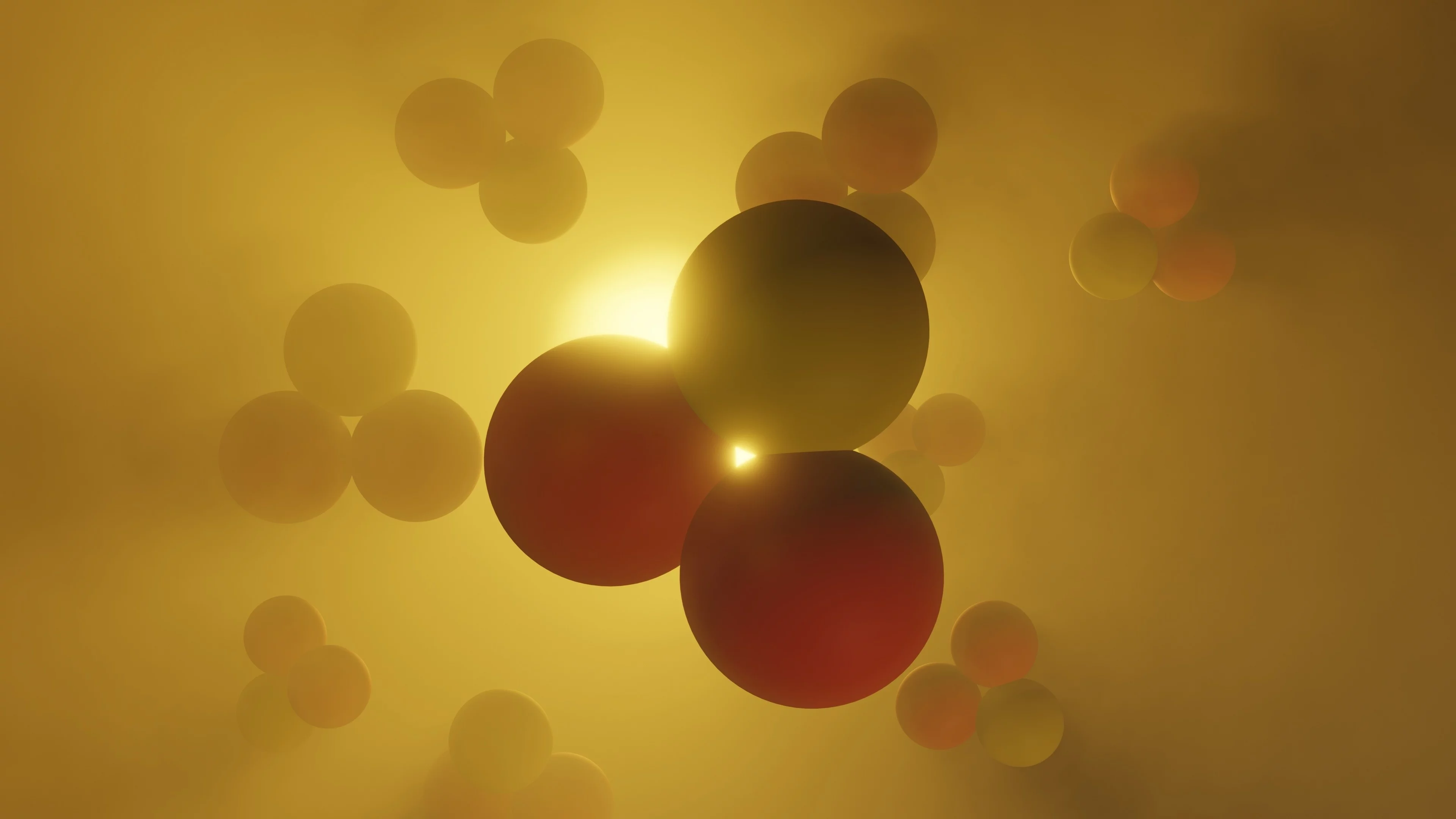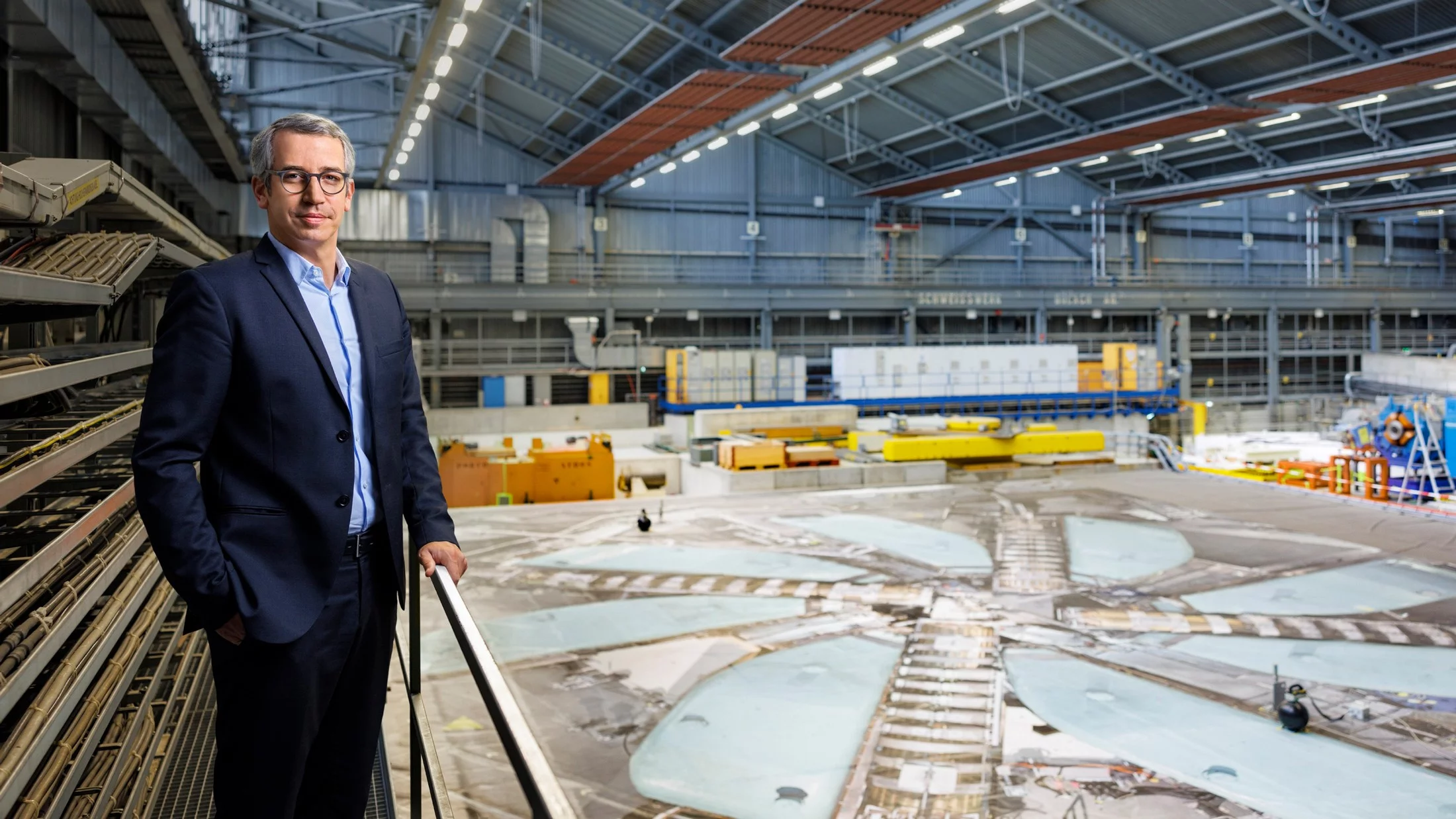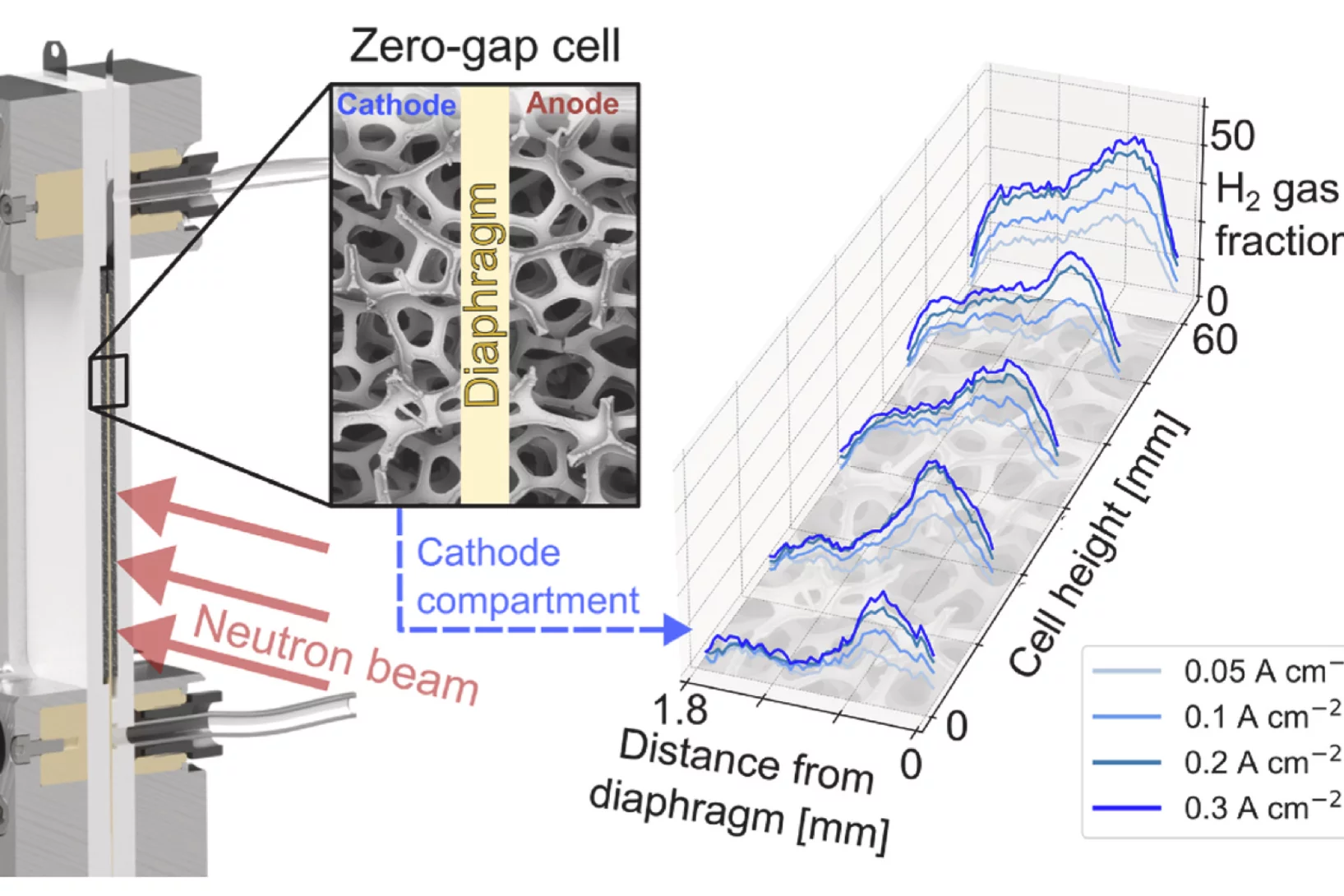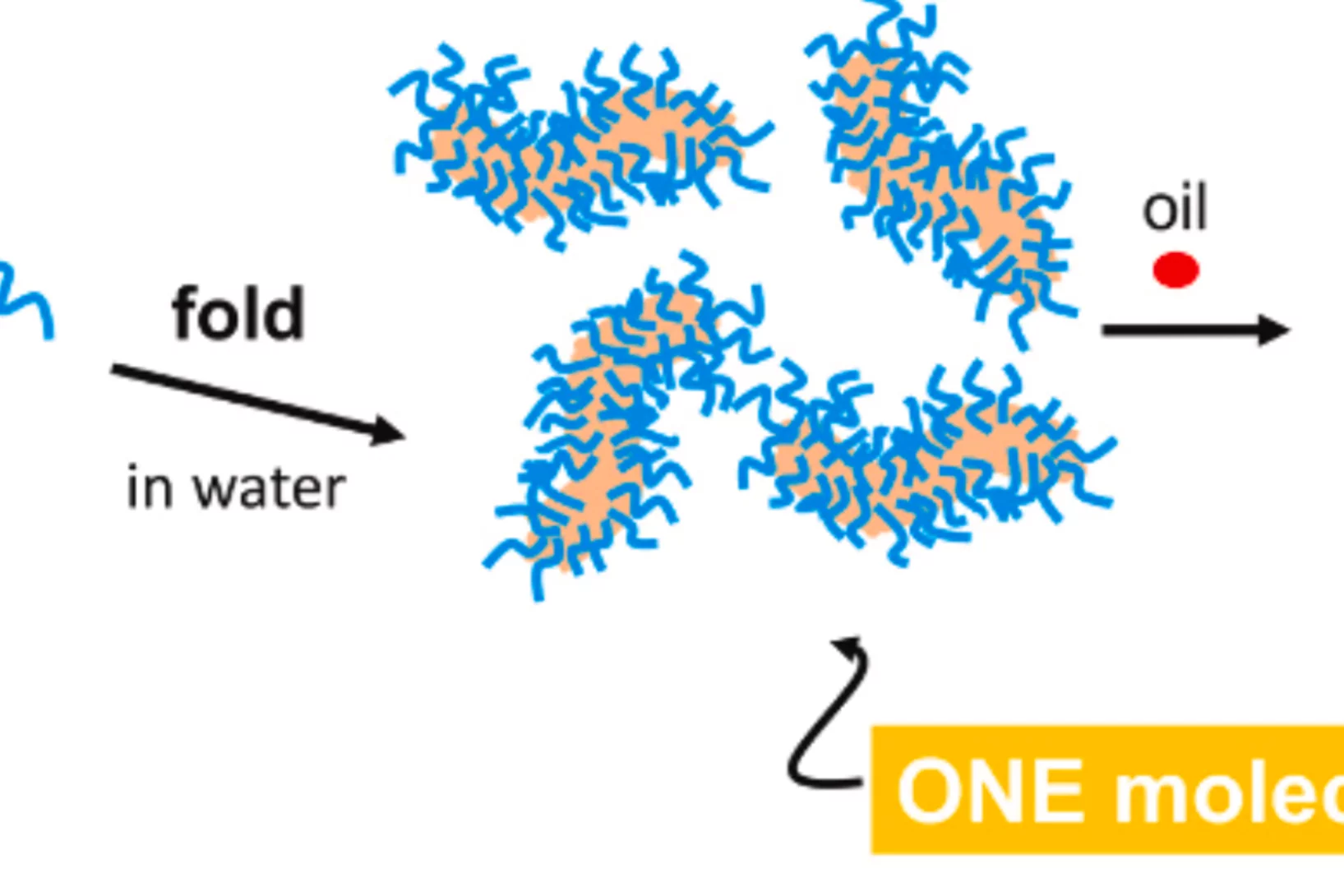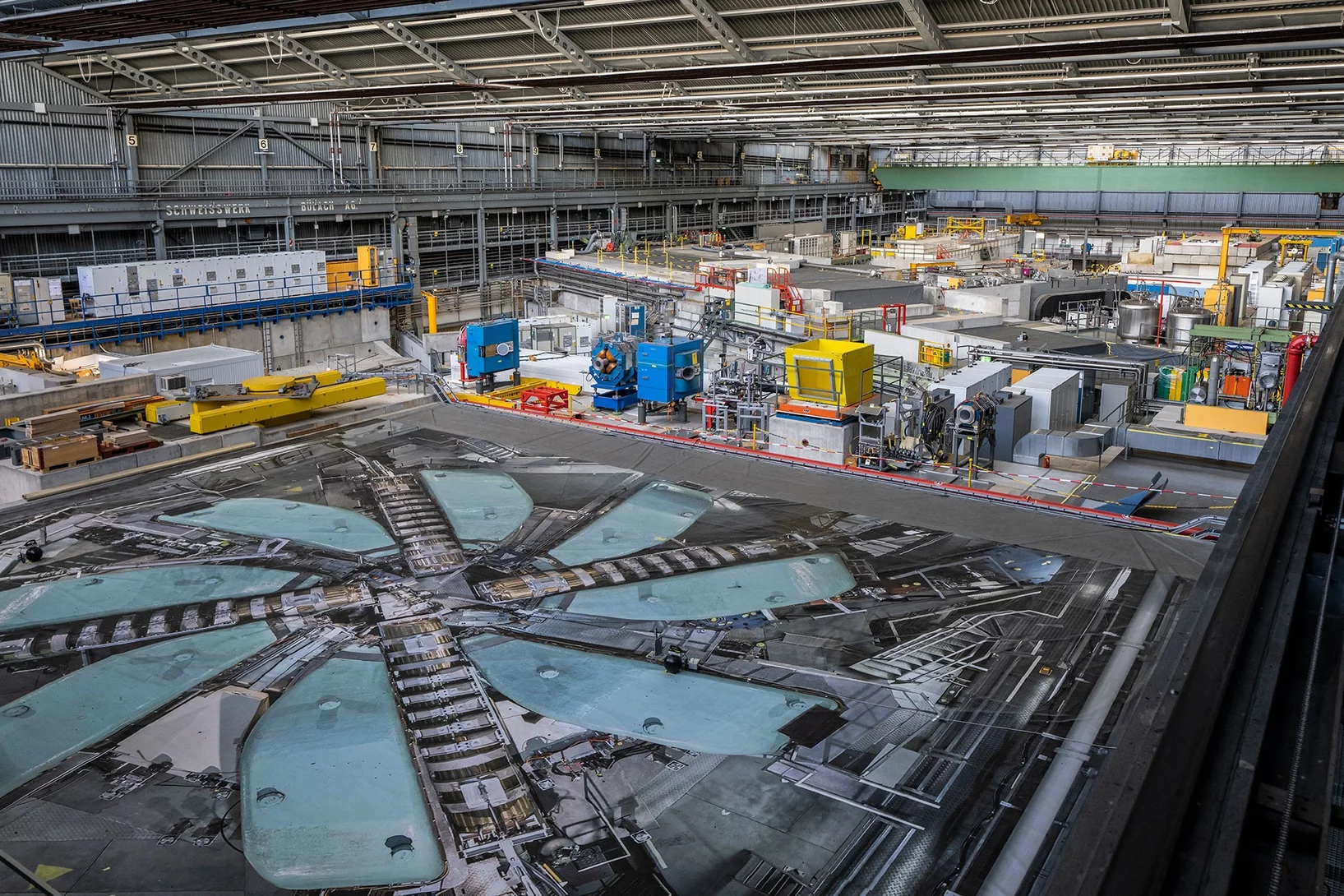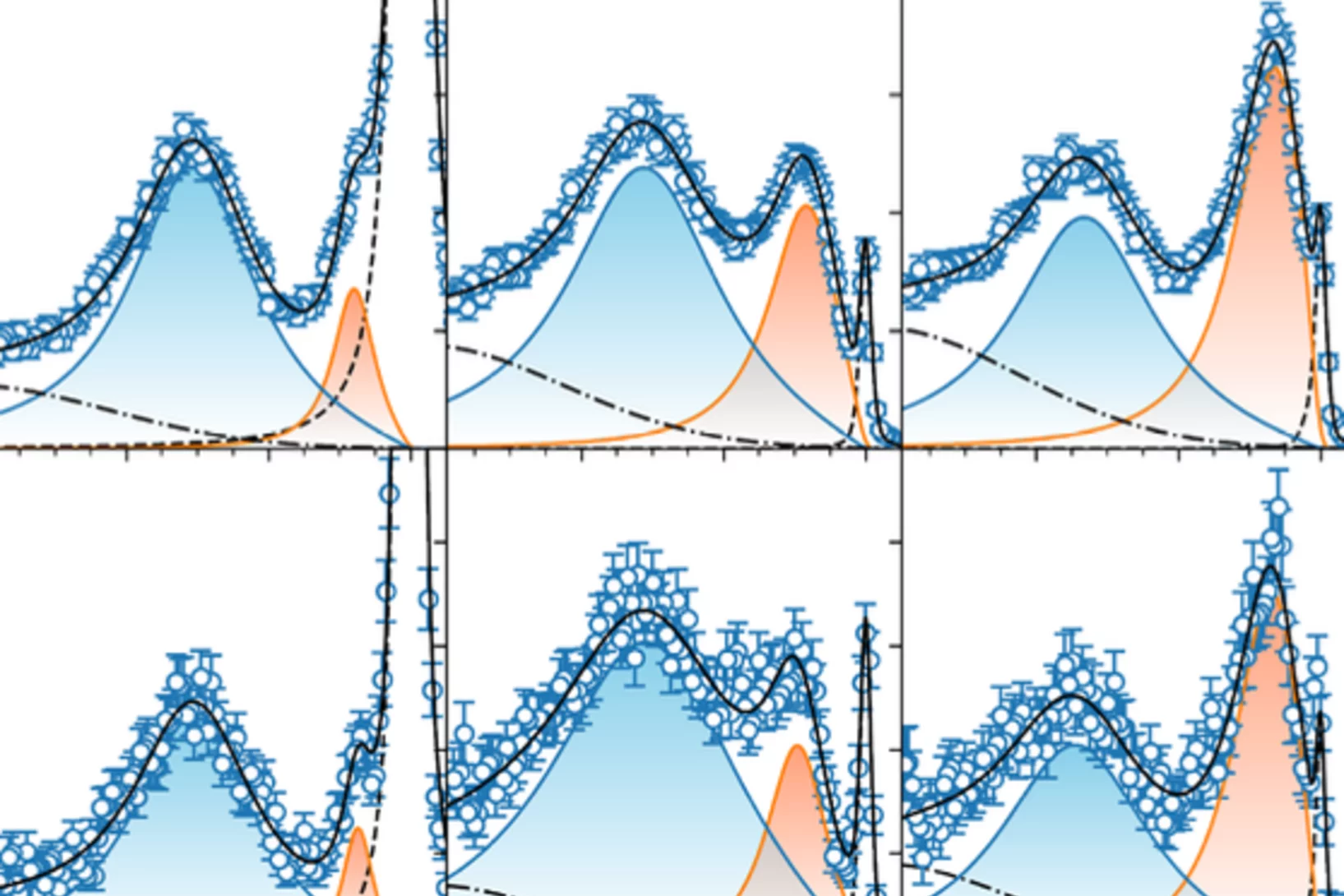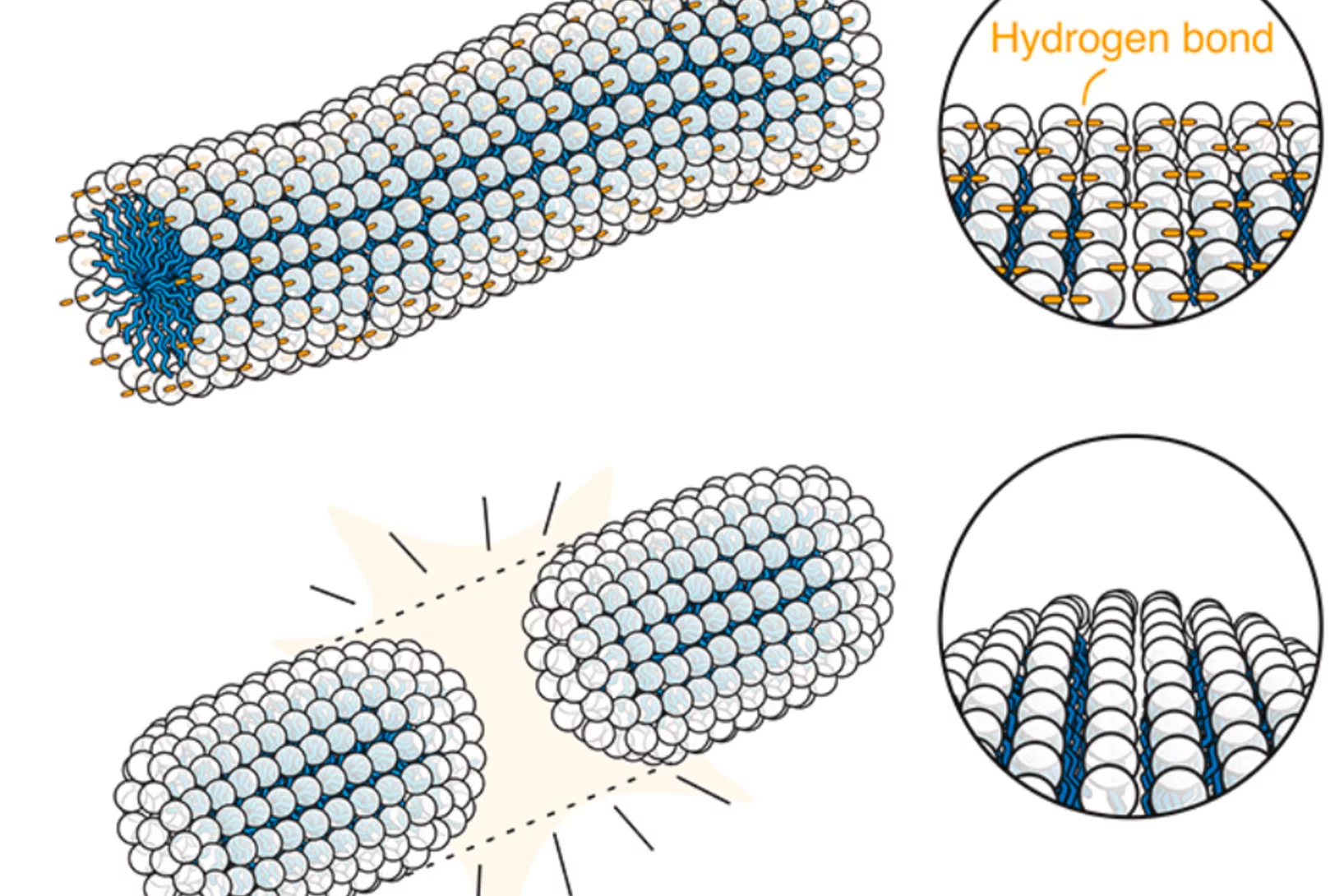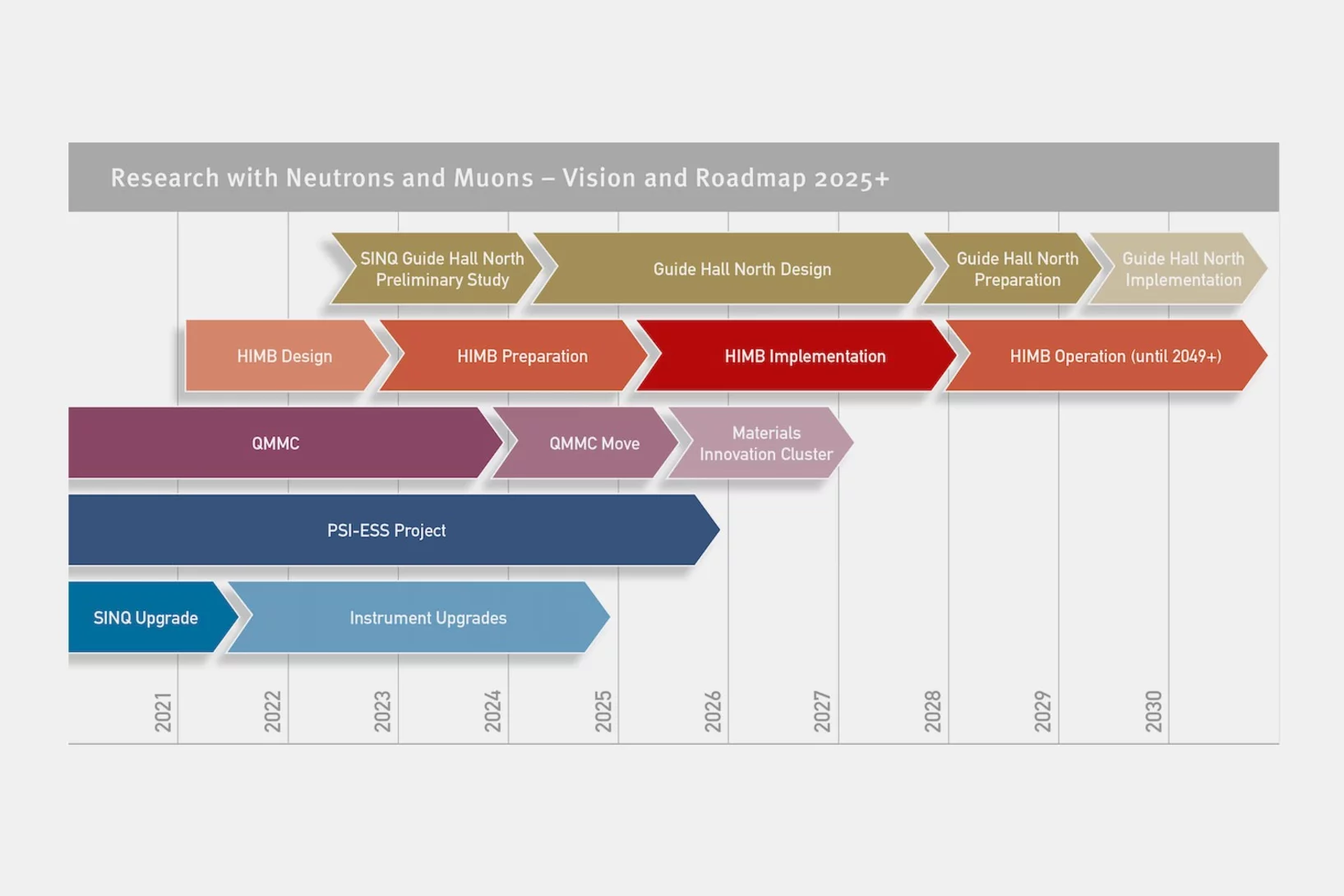The PSI Center for Neutron and Muon Sciences uses neutrons and muons to explore and understand matter and materials.
Recent News & Scientific Highlights
Dectris Prize: Congratulations to Andrej Maraffio
Congratulations to Andrej Maraffio for winning the Dectris Prize 2025!
Operando neutron imaging of an alkaline electrolysis cell for mapping gas distributions
Optimizing hydrogen and oxygen transport within porous electrodes is essential for improving the efficiency of industrial alkaline electrolyzers. In this study, we utilize operando dynamic neutron radiographic measurements to investigate ...
Single-chain polymer nanoparticles for oil solubilization
We report on the oil solubilization of amphiphilic single chain nanoparticles (SCNPs) based on random copolymers composed of oligo(ethyleneglycol) methacrylate (OEGMA) and anthracene methacrylate (AnMA). Small-angle X-ray scattering (SAXS) combined with molecular dynamics simulations reveal ...
SμS call for proposals I-26 is open
The call for SμS proposals I-26 (deadline 01 December 2025) is open now.
Coexistence of Insulatorlike Paramagnon and Metallic Spin-Orbit Exciton Modes in SrIrO3
We probe the spectrum of elementary excitations in SrIrO3 by using heterostructured [(SrIrO3)m / (SrTiO3)l] samples to approach the bulk limit. Our resonant inelastic x-ray scattering (RIXS) measurements at the Ir L3 edge reveal ...
Hydrogen bonding exacerbates viscoelasticity of amino acid– and betaine surfactant self-assemblies
Many day-to-day materials rely on formulations of surfactants to control flow, texture and application. Inspired by the pairing of bases between DNA strands, we demonstrate enhanced control ...
Our Facilities
Latest CNM publications
-
Ekahana SA, Okamoto S, Dreiser J, Roduit L, Plokhikh I, Gawryluk DJ, et al.
Inhomogeneity in electronic phase and flat band in magnetic kagome metal Co3Sn2S2
Communications Materials. 2025; 6(1): 235 (10 pp.). https://doi.org/10.1038/s43246-025-00939-4
DORA PSI -
Berry T, Morano VC, Halloran T, Zhang X, Slade TJ, Sapkota A, et al.
Formation of a simple cubic antiferromagnet through charge ordering in a double Dirac material
Physical Review B. 2025; 112(15): 155139 (13 pp.). https://doi.org/10.1103/5cdt-yhnx
DORA PSI -
Cao Y, Bu H, Shiroka T, Walker HC, Fu Z, Tian Z, et al.
Magnetic ground state and persistent spin fluctuations in the triangular-lattice antiferromagnet NdZnAl11O19
Physical Review B. 2025; 112(14): 144409 (7 pp.). https://doi.org/10.1103/tnwb-9hv8
DORA PSI -
Yonemoto T, Yokota R, Yamamoto K, Voena C, Vitali B, Venturini A, et al.
New limit on the μ+→e+γ decay with the MEG II experiment
European Physical Journal C: Particles and Fields. 2025; 85(10): 1177 (7 pp.). https://doi.org/10.1140/epjc/s10052-025-14906-3
DORA PSI

